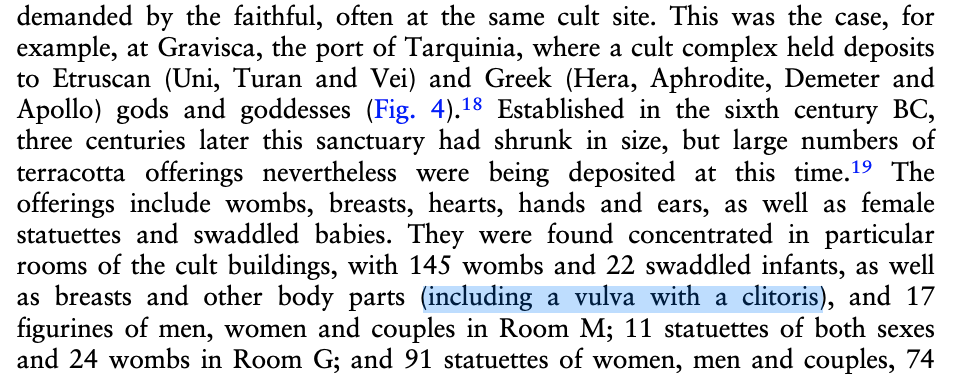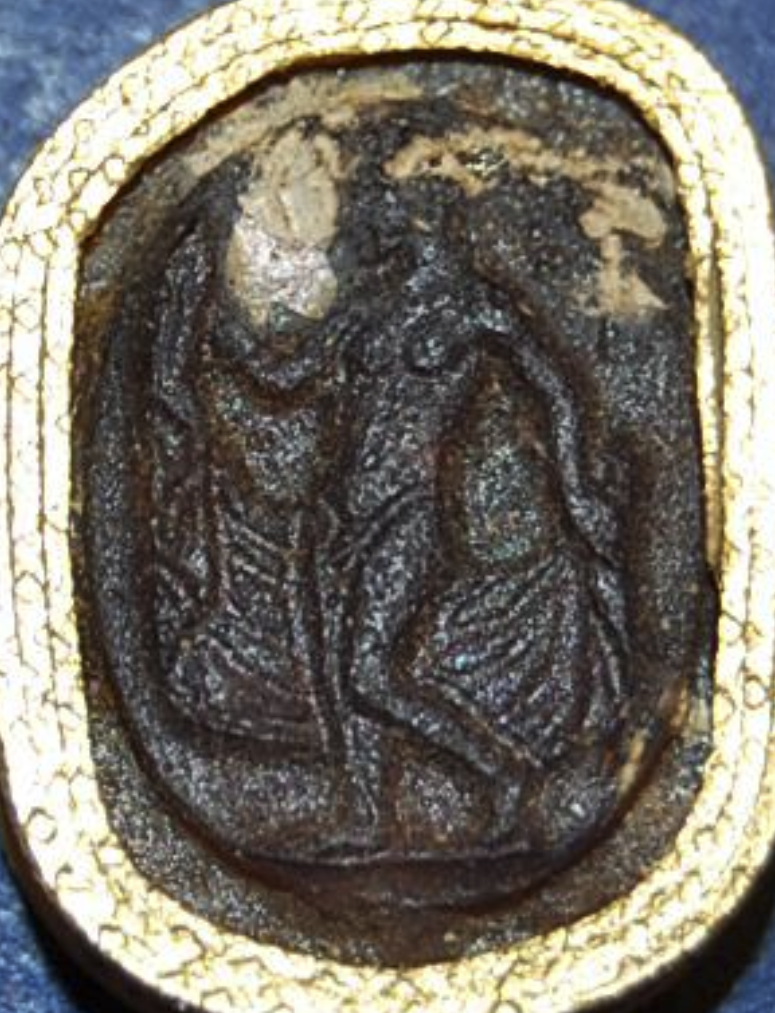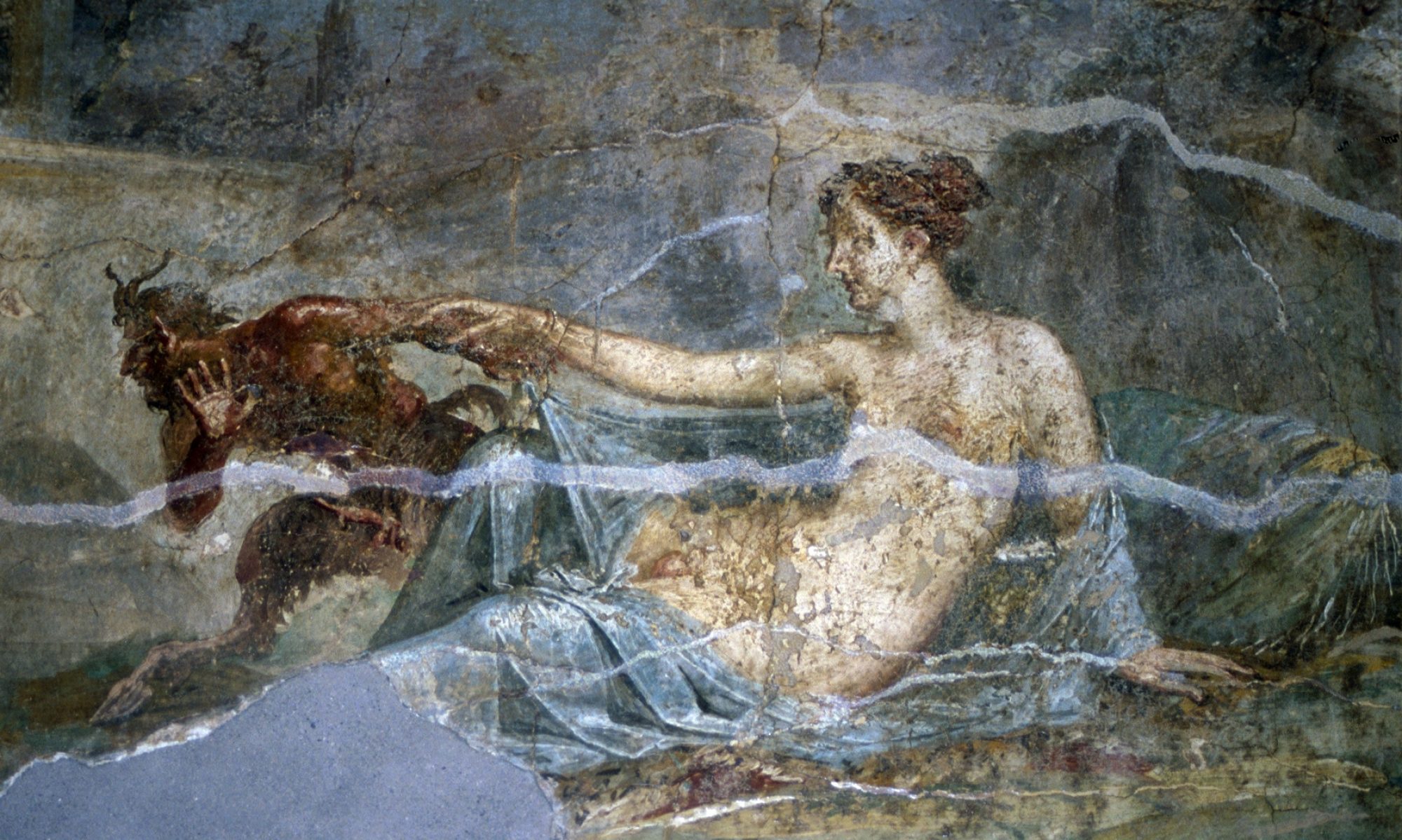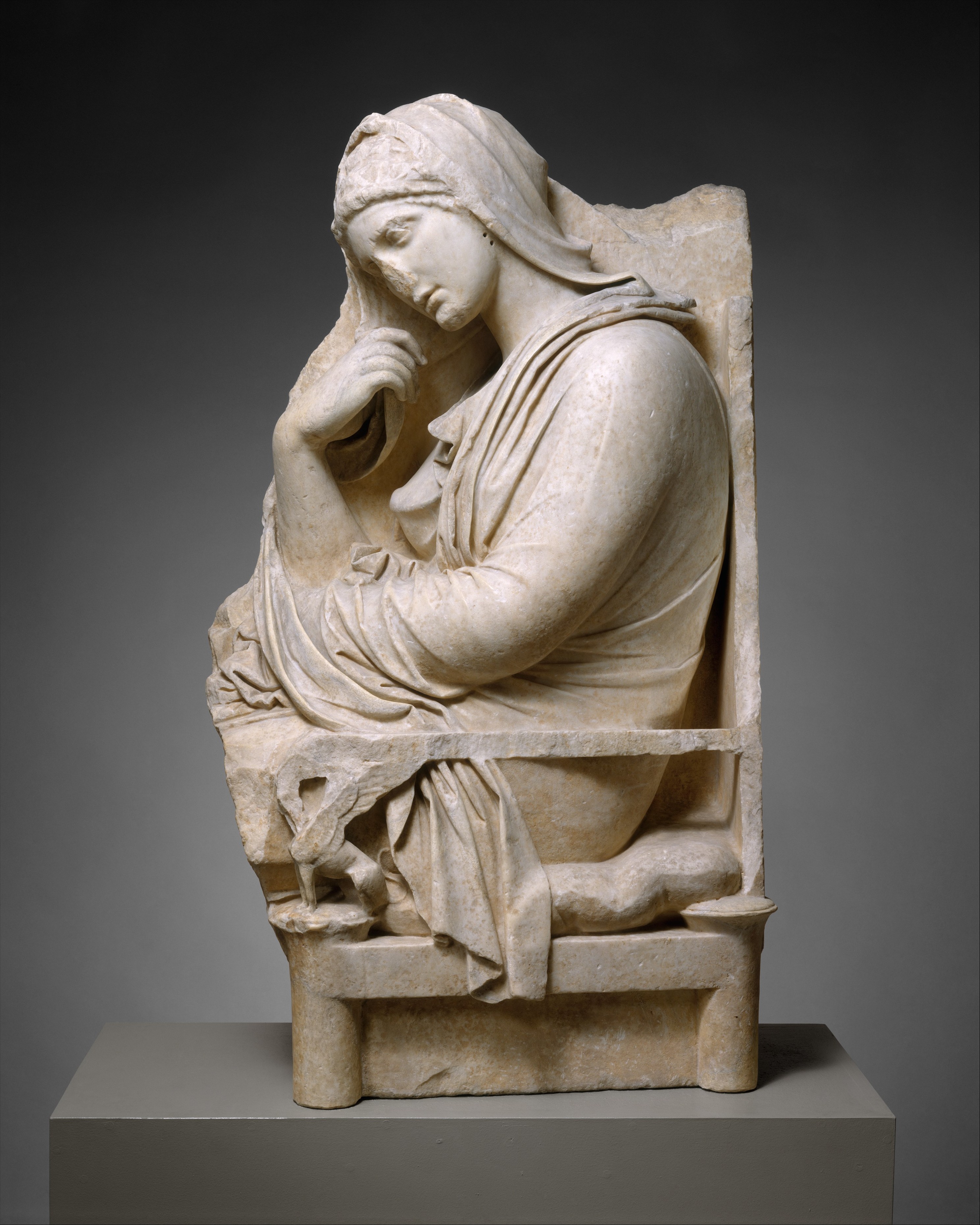
Nothing here is assigned. BUT It might be useful to your research or my prep for future classes

Katharine T. Von Stackelberg. “Garden Hybrids: Hermaphrodite Images in the Roman House.” Classical Antiquity 33, no. 2 (2014): 395-426. doi:10.1525/ca.2014.33.2.395.
Penelope M. Allison. “Characterizing Roman Artifacts to Investigate Gendered Practices in Contexts Without Sexed Bodies.” American Journal of Archaeology 119, no. 1 (2015): 103-23. doi:10.3764/aja.119.1.0103.
Max Nelson. “Insulting Middle-Finger Gestures among Ancient Greeks and Romans.” Phoenix 71, no. 1/2 (2017): 66-88. doi:10.7834/phoenix.71.1-2.0066.
Gallia, Andrew B. “The Vestal Habit.” Classical Philology 109, no. 3 (2014): 222-40. doi:10.1086/676291.
Andrew B. Gallia. “Vestal Virgins and Their Families.” Classical Antiquity 34, no. 1 (2015): 74-120. doi:10.1525/ca.2015.34.1.74.
ZIOGAS, IOANNIS. “STRIPPING THE ROMAN LADIES: OVID’S RITES AND READERS.” The Classical Quarterly, New Series, 64, no. 2 (2014): 735-44. http://www.jstor.org/stable/43905610.
HONG, YURIE. “Talking About Rape in the Classics Classroom.” The Classical World 106, no. 4 (2013): 669-75. http://www.jstor.org/stable/24699705.
HUDSON, JARED. “Carpento Certe: Conveying Gender in Roman Transportation.” Classical Antiquity 35, no. 2 (2016): 215-46. https://www.jstor.org/stable/26362670.
Leslie Shumka. “Inscribing Agency? The Mundus Muliebris Commemorations from Roman Italy.” Phoenix 70, no. 1/2 (2016): 77-103. doi:10.7834/phoenix.70.1-2.0077.
MALLAN, C. T., “THE RAPE OF LUCRETIA IN CASSIUS DIO’S “ROMAN HISTORY”.” The Classical Quarterly, New Series, 64, no. 2 (2014): 758-71. http://www.jstor.org/stable/43905612.
Review Article on Trans and Queer Classics
McMaster’s “What rude jibes about Caesar tell us about sex in ancient Rome” – public scholarship
Eidinow, Esther. “« The horror of the terrifying and the hilarity of the grotesque »: daimonic spaces – and emotions – in ancient Greek literature.” Arethusa 51, no. 3 (2018): 209-235. Doi: 10.1353/are.2018.0010 – esp. relevant to those interested in gorgons
Harper, K. (2016). Freedom, Slavery, and Female Sexual Honor in Antiquity. In On Human Bondage (eds J. Bodel and W. Scheidel). doi:10.1002/9781119162544.ch5 [Focuses on Rome]
Bath humor via Lynne Lancaster on Twitter:
“Baths of Tricrinaria Ostia. Mosaic inscription: STATIO (station) CVNNVLINGIORVM. Not considered a manly activity-joke is on guy who reads inscription after sitting on bench.”
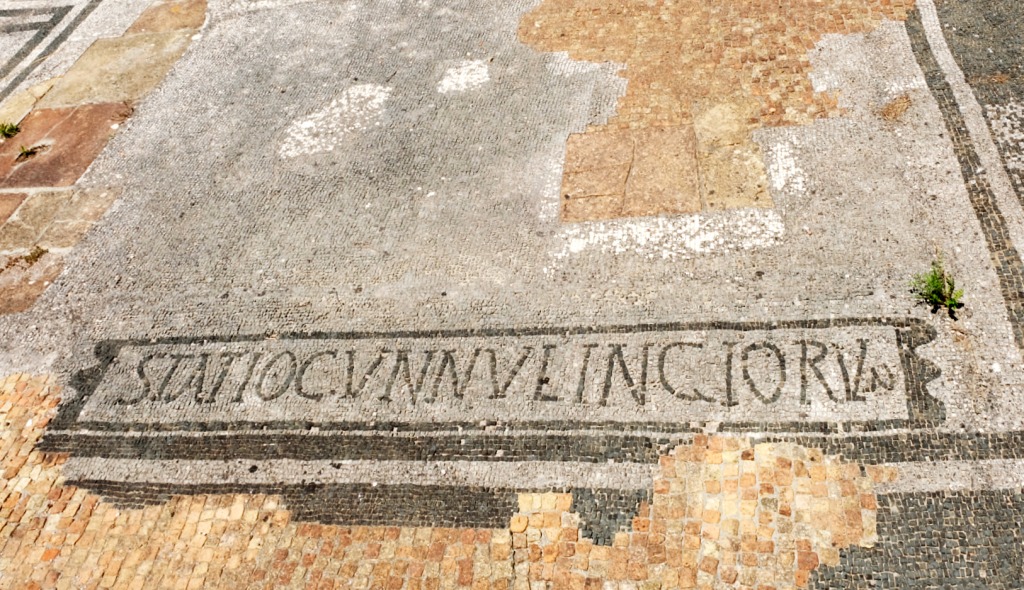


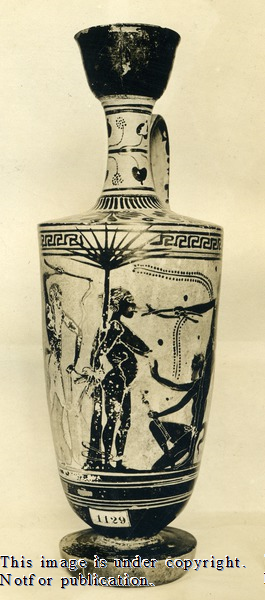
Ballestra-Puech, Sylvie. “« Un fruit noble et beau comme ces beaux modèles » : réception d’un passage de « La Chasse » (I, v. 328-367) d’Oppien, à la croisée de la cynégétique, de la médecine et de l’esthétique.” In Tableaux de chasse: mélanges offerts à Dominique Voisin, Edited by Assaël, Jacqueline. Thyrse; 16, 39-53. Paris: L’Harmattan, 2020.
Abstract: A passage from Oppien on the callipedia, the power of the maternal imagination on the gestation of the child, finds an echo in Isidore of Seville (Orig. 12) then in the hunting and medical literature of the modern period. The principle of impregnation appears in other ancient authors, such as Dionysius of Halicarnassus, Augustine or Heliodorus.

